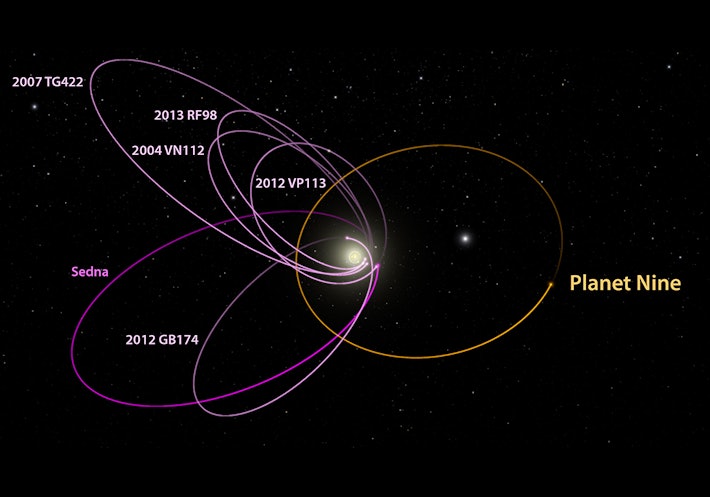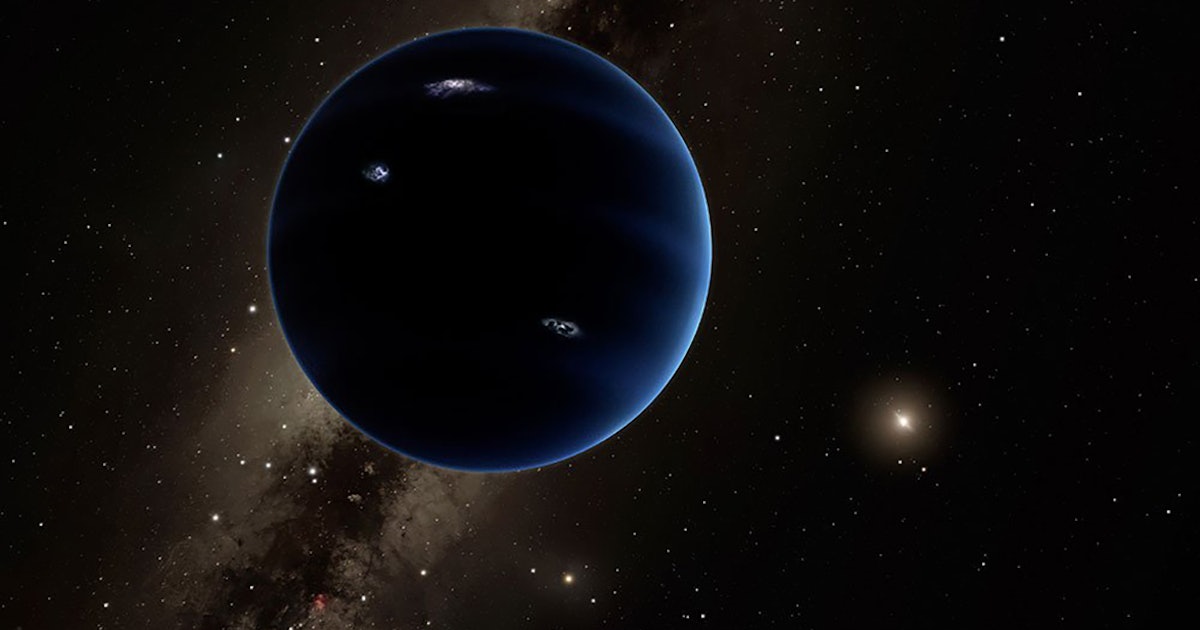fncceo
Diamond Member
- Nov 29, 2016
- 42,726
- 35,313
- 3,615
Of course, you would have to be massless.
That would be one hell of a diet regime.
Follow along with the video below to see how to install our site as a web app on your home screen.

Note: This feature currently requires accessing the site using the built-in Safari browser.
Of course, you would have to be massless.
:extract_focal()/https%3A%2F%2Fpocket-syndicated-images.s3.amazonaws.com%2Farticles%2F5863%2F1601503879_GammaRays-2880x1620_Lede.jpg)
:extract_focal()/https%3A%2F%2Fs3.amazonaws.com%2Fpocket-syndicated-images%2Farticles%2F2098%2F1572458900_carlsagan.jpg)

 gizmodo.com
gizmodo.com

That is a spooky action at a distance. (Misusing Einstein's famous quote.}'Einstein Ring' spotted by Hubble 3.4 billion light-years from Earth
Because those of us sitting on the earth watching the spaceship traveling to distant stars it takes many years. It's all about perspective. If you watches the short video, you'd understandThat is Newtonian physics.
So why is distance in astronomy is measured in light-years, the distance that light travels in a year and not a light instance?

From your link, the Czech word Robota means "serfdom". I always wondered what was the basis of the unusual word "robot".This sort of fits, as insight on Science Fiction and some of it's "roots";
The 100-year-old fiction that predicted today
...
Two cult authors both wrote about human nature – and the dystopian horrors that technology can unleash. Dorian Lynskey explores the parallel lives of the writers whose work still resonates.
:extract_focal()/https%3A%2F%2Fpocket-syndicated-images.s3.amazonaws.com%2Farticles%2F6879%2F1629854481_61259a84b7f76.png)






Displacement Without Motion Is ImpossibleSometimes referred to as scientific fantasy or speculative fiction as well, sci-fi has been one of the more expansive genres in contemporary writing/literature. Often it takes current issues and extrapolates them down the road into potential paths and outcomes. It also provides other ways to examine ourselves and current conditions.
So one common trend of sci-fi is how to travel faster than the speed of light. Quantum physics is often invoked for such a purpose, so this following may be an interesting start point;
Quantum Leaps, Long Assumed to Be Instantaneous, Take Time
An experiment caught a quantum system in the middle of a jump — something the originators of quantum mechanics assumed was impossible.
:extract_focal()/https%3A%2F%2Fpocket-syndicated-images.s3.amazonaws.com%2Farticles%2F5753%2F1600871090_Screenshot_2020-09-23QuantumLeapsLongAssumedtoBeInstantaneousTakeTimeQuantaMagazine.png)
Quantum Leaps, Long Assumed to Be Instantaneous, Take Time
An experiment caught a quantum system in the middle of a jump — something the originators of quantum mechanics assumed was impossible.getpocket.com

That is an amazing experiment. The experiment measures the transition of energy over time.Sometimes referred to as scientific fantasy or speculative fiction as well, sci-fi has been one of the more expansive genres in contemporary writing/literature. Often it takes current issues and extrapolates them down the road into potential paths and outcomes. It also provides other ways to examine ourselves and current conditions.
So one common trend of sci-fi is how to travel faster than the speed of light. Quantum physics is often invoked for such a purpose, so this following may be an interesting start point;
Quantum Leaps, Long Assumed to Be Instantaneous, Take Time
An experiment caught a quantum system in the middle of a jump — something the originators of quantum mechanics assumed was impossible.
:extract_focal()/https%3A%2F%2Fpocket-syndicated-images.s3.amazonaws.com%2Farticles%2F5753%2F1600871090_Screenshot_2020-09-23QuantumLeapsLongAssumedtoBeInstantaneousTakeTimeQuantaMagazine.png)
Quantum Leaps, Long Assumed to Be Instantaneous, Take Time
An experiment caught a quantum system in the middle of a jump — something the originators of quantum mechanics assumed was impossible.getpocket.com